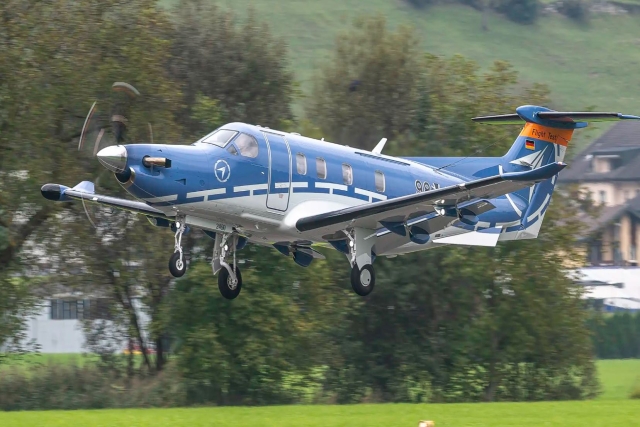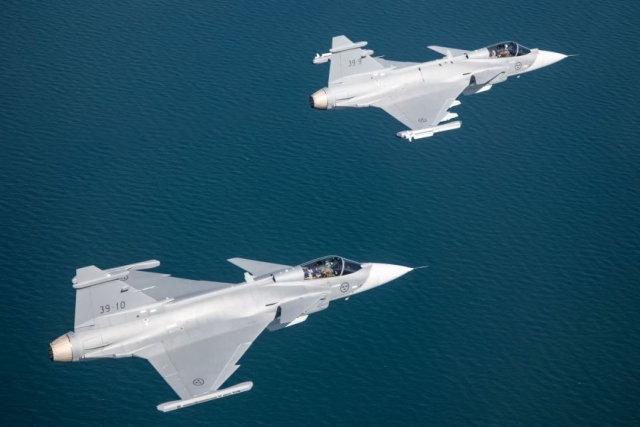STPSAT-3 Operations Handed Over To USAF
Ball Aerospace announced today that operational control of the Space Test Program Satellite-3 (STPSat-3) has been handed over to the U.S. Air Force as the spacecraft begins its technology demonstration mission.
The Ball-built STPSat-3 launched from Wallops Flight Center in Virginia on November 19, 2013 aboard a Minotaur I, along with 28 CubeSats as part of the Operationally Responsive Space-3 (ORS-3) mission. The spacecraft was fully checked out and operational within 71 hours of launch, nearly three hours ahead of schedule.
Ball designed the Standard Interface Vehicle (SIV), a common spacecraft bus with standard payload interfaces to accelerate Department of Defense space technology demonstrations and to ensure future U.S. space superiority. STPSat-3 is the second SIV developed by Ball which is now part of the company's Ball Configurable Platform (BCP) spacecraft line. Assembled in only 47 days, STPSat-3 repeatedly demonstrated its ability to add or remove payloads even after the spacecraft bus was completed.
Roughly the size of a mini refrigerator, the satellite carries five technology demonstration payloads and a de-orbit module for the Department of Defense, NASA and NOAA.
"We designed the SIV architecture to reduce the cost and time required to access space while maximizing the opportunities for suitable payloads," said Dave Kaufman, vice president and general manager of Ball's National Defense business unit. "STPSat-3's predecessor, STPSat-2, just passed its three-year anniversary on orbit and has proven the robustness of the SIV design."









